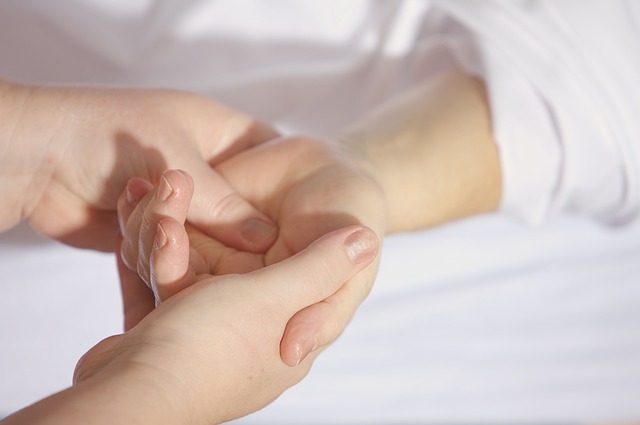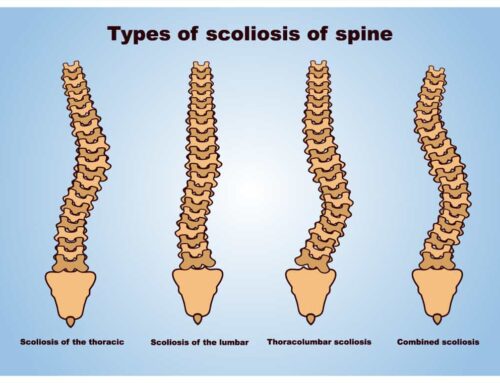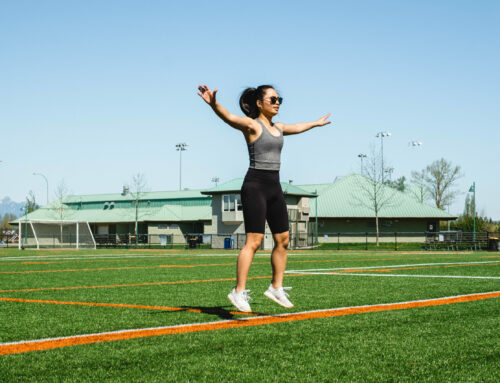Tennis elbow, though commonly associated with the sport, can strike anyone who engages in repetitive arm motions or overuses the forearm muscles and tendons. This condition, clinically known as lateral epicondylitis, can be a debilitating setback for individuals, affecting not only athletes but also those whose daily activities involve repetitive arm movements. In this blog post, we’ll explore what tennis elbow is, delve into its causes, and outline effective treatments to alleviate the pain and restore optimal arm function.

What is Tennis Elbow?
Tennis elbow, though commonly associated with the sport, can strike anyone who engages in repetitive arm motions or overuses the forearm muscles and tendons. This condition, clinically known as lateral epicondylalgia, can be a debilitating setback for individuals, affecting not only athletes but also those whose daily activities involve repetitive arm movements. It is the changes that occur in the muscle attachement (tendon) of the forearm muslces that help with gripping. Since the tendon attaches to the bone of the outside elbow, the pain can start there. There can be inflammation or swelling of the tendon or sometimes even a tear that ledas to pain. In this blog post, we’ll explore what tennis elbow is, delve into its causes, and outline effective treatments to alleviate the pain and restore optimal arm function.
Causes of Tennis Elbow:

Understanding the causes of tennis elbow is crucial for both prevention and effective treatment. Here are some common factors contributing to the development of this condition:
- Repetitive Strain: The primary cause of tennis elbow is repetitive strain on the forearm muscles and tendons. Activities such as gripping a racquet, using hand tools, typing, or any repeated motion that involves the extension of the wrist and fingers can lead to overuse, resulting in microtears in the tendons.
- Improper Technique: Engaging in sports or activities with improper technique can increase the risk of developing tennis elbow. In tennis, for instance, poor backhand technique or using a grip that places excessive strain on the forearm can contribute to the condition.
- Occupational Factors: Certain occupations that involve repetitive hand and wrist movements, such as carpentry, plumbing, or painting, may predispose individuals to tennis elbow. Jobs that require constant gripping and use of hand tools can contribute to the overuse of forearm muscles.
- Age and Gender: While tennis elbow can affect individuals of any age, it is most common between the ages of 30 and 50. Moreover, studies suggest that men are slightly more prone to developing tennis elbow than women.
- Lack of Warm-up and Conditioning: Failing to warm up adequately before engaging in repetitive activities or sports can increase the risk of injury. Insufficient conditioning of the forearm muscles may make them more susceptible to strain and microtears.
Treatment Options for Tennis Elbow:

- Rest and Modification of Activities: The first step in treating tennis elbow is often to rest the affected arm and avoid activities that exacerbate the symptoms. Modifying techniques in sports or adjusting work-related activities to reduce strain can promote healing.
- Ice and Compression: Applying ice to the affected area helps reduce inflammation and numb pain. Compression, through the use of a bandage or brace, can provide additional support to the injured tendons.
- Non-Steroidal Anti-Inflammatory Drugs (NSAIDs): Over-the-counter NSAIDs, such as ibuprofen, can help alleviate pain and reduce inflammation. However, prolonged use should be monitored, and individuals should consult with a healthcare professional.
- Physical Therapy: Physical therapy plays a significant role in the treatment of tennis elbow. Therapists use a variety of techniques, including stretching and strengthening exercises, massage, and ultrasound, to promote healing and improve flexibility and strength in the affected muscles and tendons.
- Bracing and Supports: Wearing a brace or forearm strap can help redistribute the forces on the affected tendons, providing relief and allowing for healing. These supports are often recommended during activities that may aggravate tennis elbow symptoms.
- Corticosteroid Injections: In more severe cases, a healthcare professional may administer corticosteroid injections to reduce inflammation and alleviate pain. However, these injections are typically used judiciously due to potential side effects and limited long-term efficacy.
- Extracorporeal Shock Wave Therapy (ESWT): ESWT involves the use of shock waves to stimulate healing in the affected tendons. This non-invasive procedure has shown promise in improving symptoms and promoting tissue repair.
- Surgical Intervention: In cases where conservative treatments do not provide relief, surgical intervention may be considered. Surgical options may include the removal of damaged tissue or the release of the extensor tendon.
Tennis elbow may be a common ailment, but with the right understanding and approach, individuals can overcome its grip and regain pain-free functionality. Prevention, proper technique, and early intervention are key components in managing and treating tennis elbow. Whether you’re a weekend warrior on the tennis court or someone facing occupational challenges, recognizing the signs and seeking timely treatment, including physiotherapy and other conservative measures, can pave the way for a swift return to pain-free activities and a renewed appreciation for the strength and resilience of your elbow.





